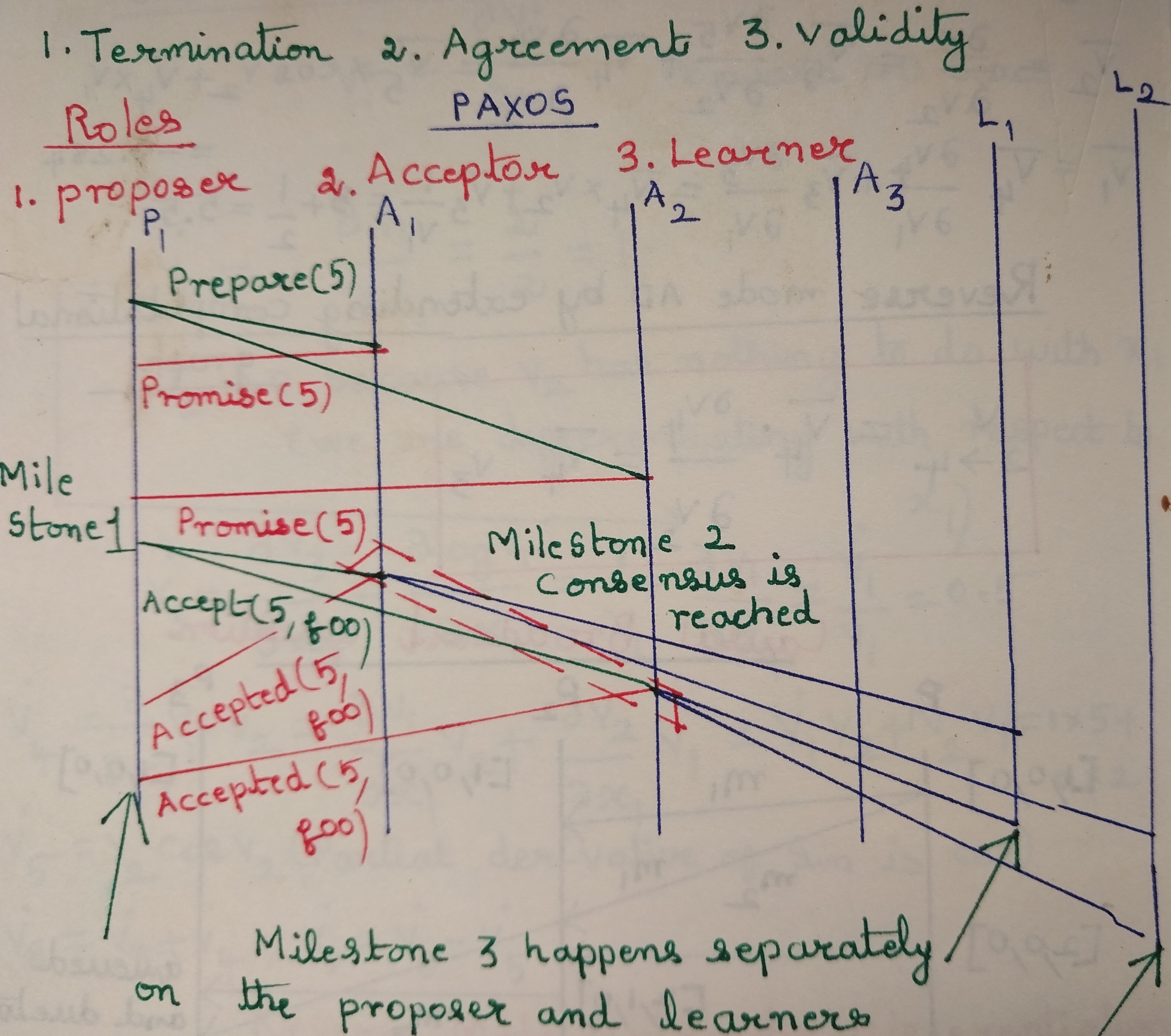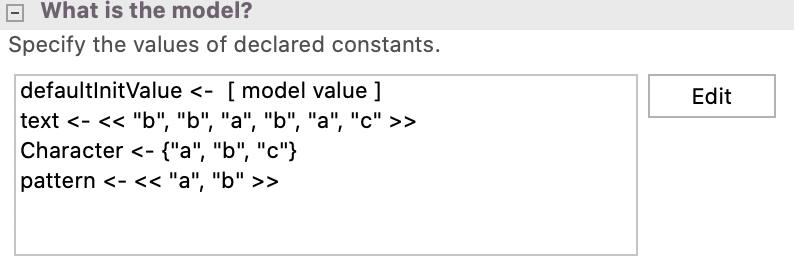Learning TLA+ Part I

When I was reading papers on Distributed Systems it was apparent that the algorithms involved were hard to understand just by drawing Lamport diagrams. Morever these research papers have Math notation.
I have rendered a lamport diagram like this.

Even at this abstract level it was hard to understand how this protocol works. So as usual I looked at ways to render it in code. Writing code for these complex protocols and testing it using Unit tests was impossible. Further research led me to believe that specifications for verification of these protocols can be coded. I had already come across Hillel Wayne’s Practical TLA+ book a few years back. So I started reading that and naturally I was drawn to TLA+ and the Pluscal algorithm language.
Development environment
I didn’t find any IDE except the TLA+ Toolkit which was hard to use. One could configure it and improve the font size in several places but still it is a difficult development environment.
At the basic level one can debug by printing short pieces of code. My main reference book is Hillel Wayne’s. Practical TLA+.
So, for example, this code can be used to print values.
EXTENDS Sequences,TLC
(*--algorithm test1
variables
z = (2 :> 3)[2],
w = ("a" :> "b").a;
begin
print ( ToString(z) \o " " \o ToString(w));
end algorithm; *)Pluscal algorithm language
I have still not cleanly delineated the difference between Pluscal and TLA+syntax.
Moreover I have used a small subset of the language features in the code.
CONSTANTS
CONSTANTS Character, text, patternThese are constants than can be declared in the code and setup using the Toolkit’s UI as shown in Model Values setup
Operators
“An operator is the TLA+ equivalent of a procedure in programming.” Wayne, Hillel. Practical TLA+ (p. 69). Apress.
The code I used in the BayerMoore algorithm matches that definition.
Max(x,y) == IF x < y THEN y ELSE xLoops
Pluscal Algorithm Language
BayerMoore Algorithm implementation.
The Java example of this implementation used an array to represent the ASCII value of the letters of the alphabet. So I was looking for a similar Pluscal/TLA+ function.
16.1.1 in Specifying Systems has an example.
Ascii(char) =∆ 96 + choose i ∈ 1 .. 26 :
“abcdefghijklmnopqrstuvwxyz”[i] = charSo I translated it to the following code but this doesn’t compile.
Ascii(char) == 96 + CHOOSE z \in 1 .. 26 :"abcdefghijklmnopqrstuvwxyz"[z] = charTranslaated TLA code
Model Values setup

